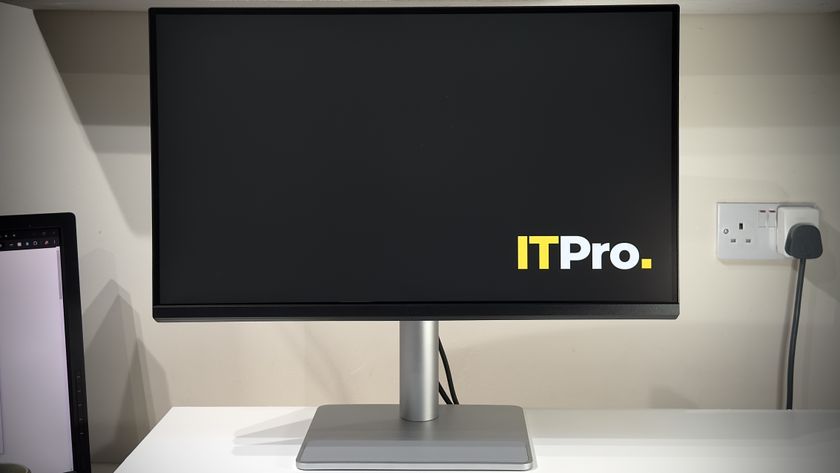Third on the list of good first impressions is a clean, unfussy interface design. In typical Google fashion, Chrome is minimalist in the extreme: all you get to start with is a very simple toolbar. This features forward and back and refresh buttons, an address bar and a couple of menu icons to the right of it - one for general browser settings and one for more page-specific options. There's no Home button on the toolbar (though you can enable this in the options), no separate Google search box, and neither is there a bookmarks toolbar, though again the latter can be initiated with a simple keystroke and then hidden away once more.
Inevitably, the simple approach means that Google lacks some of the niceties of Firefox and IE. There's no facility to tag favourites, for instance, no vast library of plugins nor mechanism for adding them. More significantly, there's no RSS feed reader capability built into Chrome.
But what you do get is well-formed and efficiently delivered. Google's take on the Firefox Awesome bar - the Omnibox - works just as well as Firefox's effort. Start typing and Chrome simultaneously offers results, plus word completion suggestions, from not only your browsing history (it imports this from your default browser, so we were able to search our history straight away) but also your default search engine. It's worth noting that it searches the text of pages in your history as well as just the URLs - bettering Firefox's address-only search.
Naturally Google search is preselected, but you also get the choice, with a simple right click, to change this to MSN, Yahoo or Ask.com, and adding new engines is very easy. Chrome will even add items to the search engine list automatically as you visit pages it thinks are appropriate. On our rounds it added Cuil, Facebook and YouTube. Sometimes, as you type the name of a stored search engine you're given the option to hit Tab and search directly from the address bar.
Start a new tab and you're faced with a thumbnail grid of your nine most frequently used websites, recent bookmarks, plus a search box - another nice touch. And there's anonymous browsing via Chrome's Incognito mode, which enables you to browse the web while leaving no trace - it works in much the same way as Apple's Safari's Private Browsing function.
The basics are dealt with in no-nonsense fashion. Settings dialog are easy to understand and straightforward. Your browsing history and downloads, instead of being displayed in a sidebar, are simply displayed on a web page. We're not sure the lack of sidebars is a step forward, but the stripped-bare approach does make most of Chrome's features easy to get to grips with.
Overall, this simple approach is entirely effective. Its speed and stability bode extremely well for the future. It's already much more impressive than the first beta of Microsoft's Internet Explorer 8 was and right now, apart from the odd glitch and the lack of RSS reader, it's close to rivalling Firefox. We have to say we're smitten.
Click here for our updated look at the latest Google Chrome beta.
Verdict
Simplicity, power, speed and stability. Google's Chrome makes a very impressive start.













